P.N.A.L.M. - Part III
2018
The National Park of Abruzzo, Lazio and Molise is a national park including for the most part (about 3/4) in the province of L'Aquila in Abruzzo and for the remainder in that of Frosinone in Lazio and in that of Isernia in Molise. It was inaugurated on 9 September 1922 in Pescasseroli, the current headquarters and central management of the park, while the body of the same name had already been established on 25 November 1921 with a provisional directorate. Its establishment took place officially with the Royal decree-law of 11 January 1923.
You may also like

2025
Crecchio. Parish Church of the Most Holy Savior
The church has a beautiful baroque brick-clad facade, with a portal surmounted by a broken tympanum and a rectangular window above, and is crowned by a circular tympanum with an oculus.
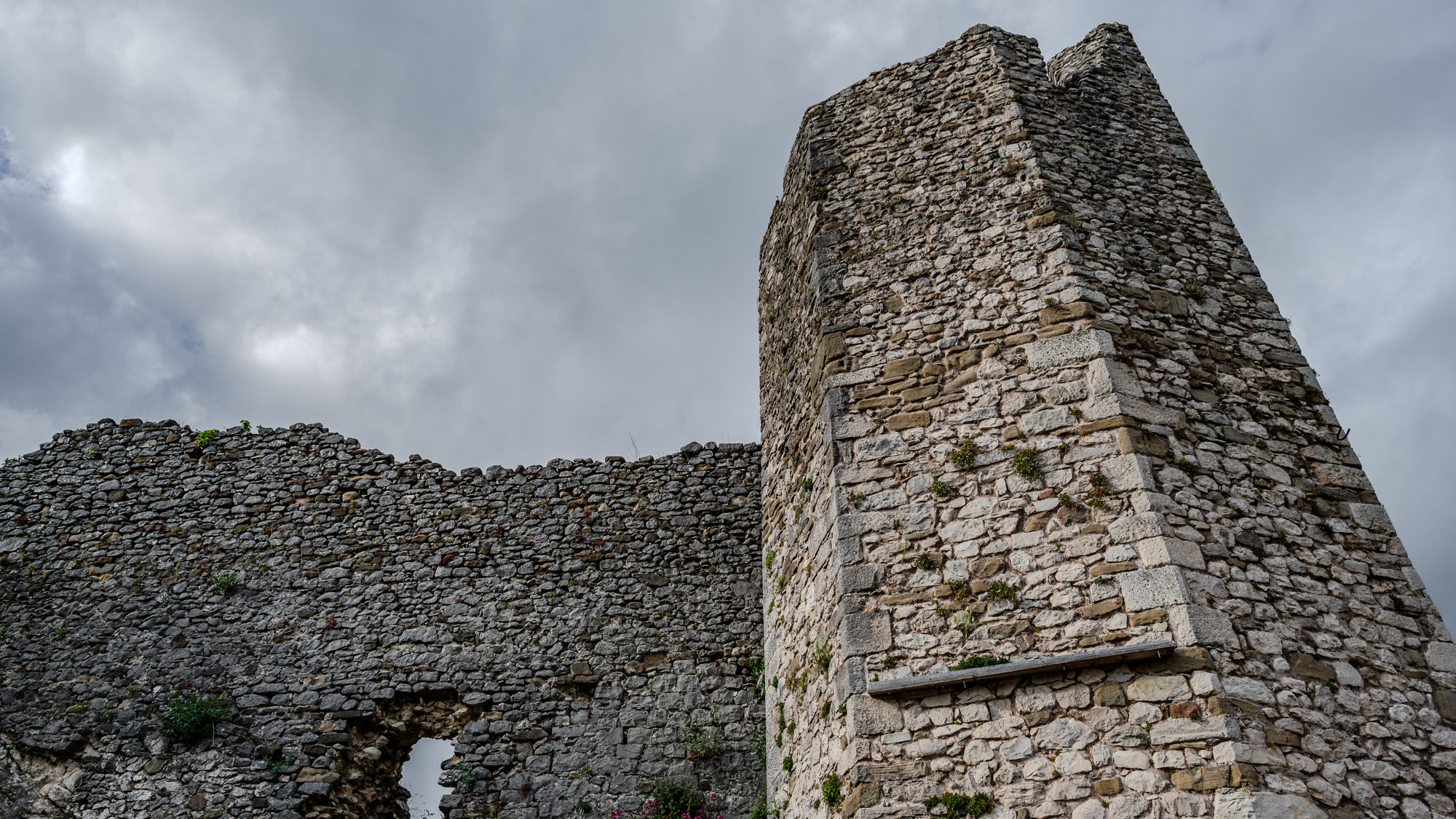
2024
Alfedena. The Castle
Alfedena Castle is the ruin of a castle dating back to the 10th-11th century in the Italian municipality of the same name of which an octagonal tower and parts of the walls remain. The ruins are located in a dominant position over the town, along Via Luigi De Amicis. The wall rests its foundations directly on the rocky thickness of the mountain hill overlooking Alfedena, has an irregular circular appearance, with multiple layers of walls, and double curtain walls with fornix-shaped entrances are preserved. The tower, although cut off at the top, is the best preserved element. The castle was founded around the 10th century by the Frankish lords, who divided the county of Marsi between them. In fact, Alfedena was among these possessions and, on top of the castle hill, a fortified tower was built, which communicated with those of the other villages, such as Scontrone, Castel di Sangro and Barrea. The tower with an irregular plan was rebuilt in the 13th century, as demonstrated by the octagonal structure, perhaps before it had a cylindrical base, the fact is that it testifies to the ancient function of the castle, which was that of lookout, guarding the town below, developed from the 14th century onwards, and together with the fortified enclosure, it also served as a shelter for citizens during periods of emergency, such as sieges. In the 14th century it was a fiefdom of Simone Di Sangro, the rich family from the Peligna valley, who had various fiefdoms, only to then pass to Giacomo Caldora in 1422. In 1456 a serious earthquake damaged the castle, which slowly lost the ancient central function of Alfedena, given that the main political and economic activities developed further and further downstream, along the Pescasseroli-Candela sheep track. The castle was enfeoffed during the Spanish viceroyalty to various lords, but it never returned to its ancient functions, it was damaged again by the Maiella earthquake of 1706, then by the earthquakes of 1915 (Marsica earthquake) and 1984, being restored only in the first years 2000, to be visited as a panoramic location, together with the octagonal tower.
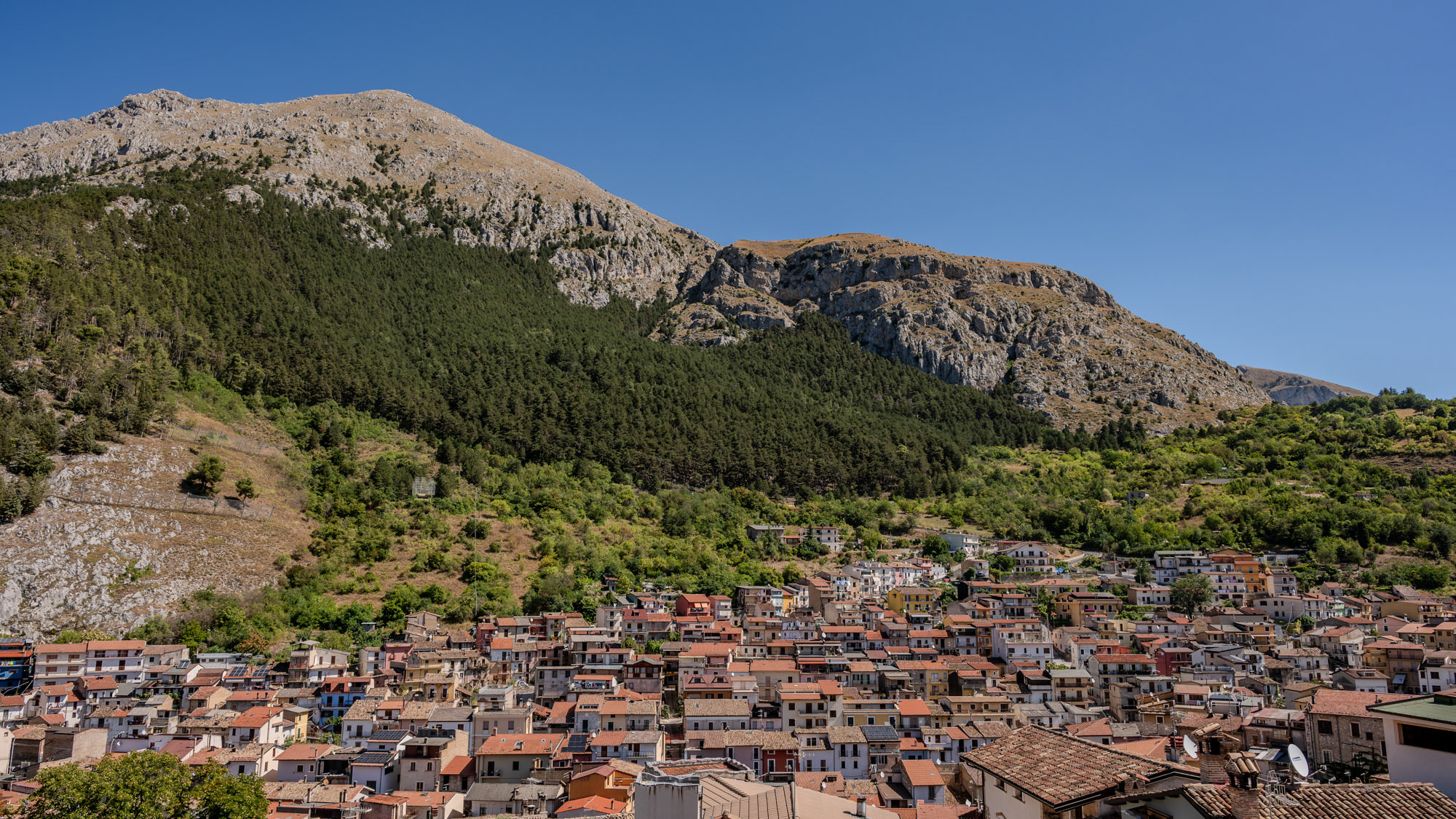
2024
Celano and the Fucino Plain
Celano is a splendid town in Abruzzo, overlooking the Fucino plain, composed of a medieval village which in the upper part still preserves the Castle dating back to the 14th century.
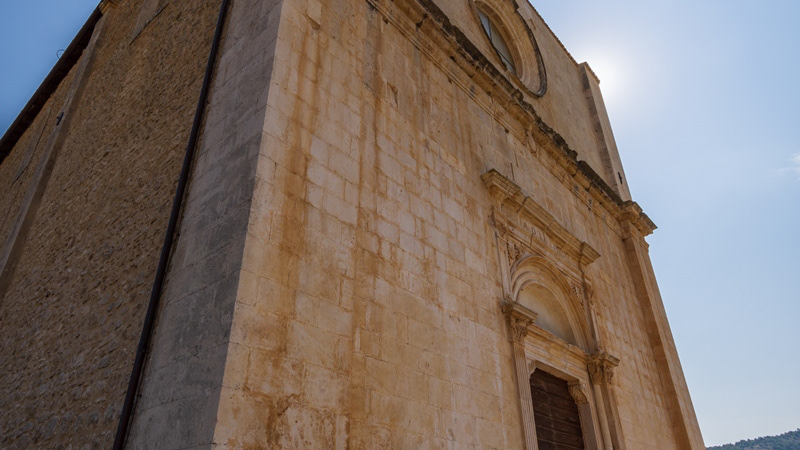
2018
Caporciano (AQ) S. Maria di Centurelli
The church is located in the fork between the tratturo L'Aquila-Foggia and the tratturo Centurelle-Montesecco, making it a strategic structure in the period in which transhumance played a fundamental role in the economy of southern Italy.
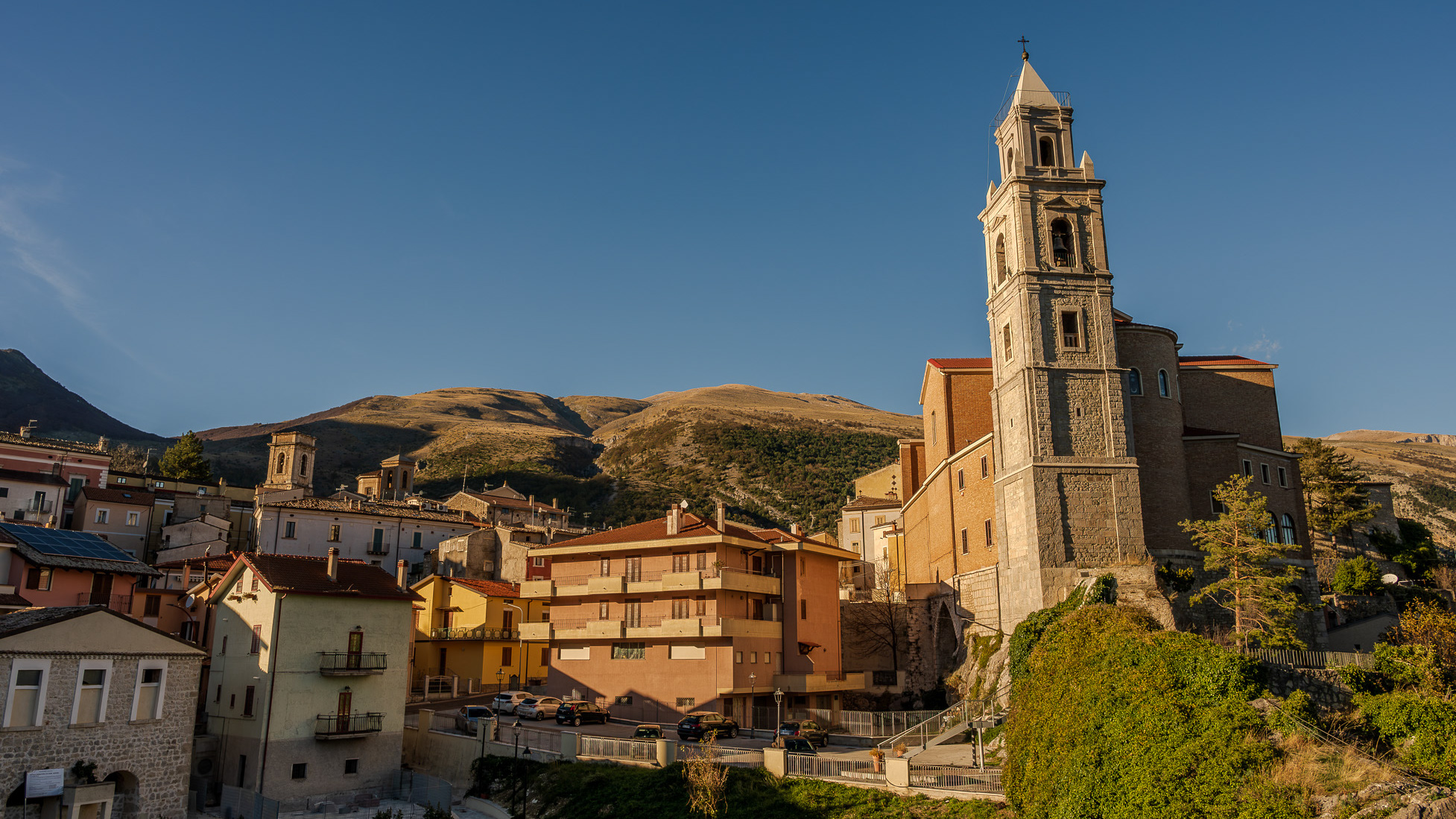
2023
Palena. Glimpses of autumn
Palena is an Italian municipality of 1,224 inhabitants in the province of Chieti in Abruzzo, and is the seat of the union of the eastern Maiella-Verde Aventino mountain municipalities.
2023
Sulmona. Complex of the Santissima Annunziata.
The Santissima Annunziata complex is the most famous and representative monument of the city of Sulmona, declared a national monument in 1902. The main entrance to the complex is on the Annunziata square although other interesting visual glimpses of the building, especially for architectural interest, are admirable from the adjacent streets, via Pantaleo and via Paolina. The church, founded in 1320 by the confraternity of the Compenitenti together with the annexed hospital, does not retain traces of the original construction, both due to the damage suffered in the earthquake of 1456 and due to the architectural transformation interventions which radically modified the original structure of the sixteenth century. Furthermore, another ruinous seismic event, that of 1706, led to a new, important reconstruction intervention which gave the church a Baroque appearance, with an imposing façade with two orders of columns, the work of Maestro Norberto Cicco from Pescocostanzo ( 1710). The interior is divided into three naves and is covered with stuccos. Among the paintings that embellish the church are the frescoes by Giambattista Gamba on the vaults and the canvases on the side altars, among which the Pentecost of 1598 by a Florentine master and the Communion of the Apostles by Alessandro Salini stands out for their quality. The apse instead presents two works by Giuseppe Simonelli, a pupil of Luca Giordano, the Nativity and the Presentation in the temple and an Annunciation by Lazzaro Baldi, a Tuscan artist who was a pupil of Pietro da Cortona. The choir, in wood, was made by the local artist Bartolomeo Balcone between 1577 and 1579, while the part underneath the organs, in a vaguely rococo style, in carved and gilded wood, is by Ferdinando Mosca. The organs, on the other hand, are the one on the left side by Tommaso Cefalo di Vasto (1749) and the one on the right side was built by the Fedeli di Camerino in 1753. At the end of the right aisle is the altar of the Virgin, in polychrome marble, a work partly executed by the Roman artist Giacomo Spagna (1620), with subsequent contributions by artists from Pescocostanzo. On the right side, shortly after the entrance, there is the tomb of Panfilo Serafini, a Sulmona patriot who died in 1864. The sacristy has carved furniture dating back to 1643 with a series of sacred furnishings from the Baroque era and Neapolitan-made silverware; there are numerous pieces from the church that are placed on display in the local Civic Museum. The bell tower (built between 1565 and 1590, imposing, just over 65 meters high, has a square plan with sides of 7.20 m; it is built on two floors with a pyramidal spire and 4 mullioned windows on each floor. It is the bell tower and tallest tower in Abruzzo.The church was reopened for worship in December 2012 after three years of closure due to the 2009 earthquake.
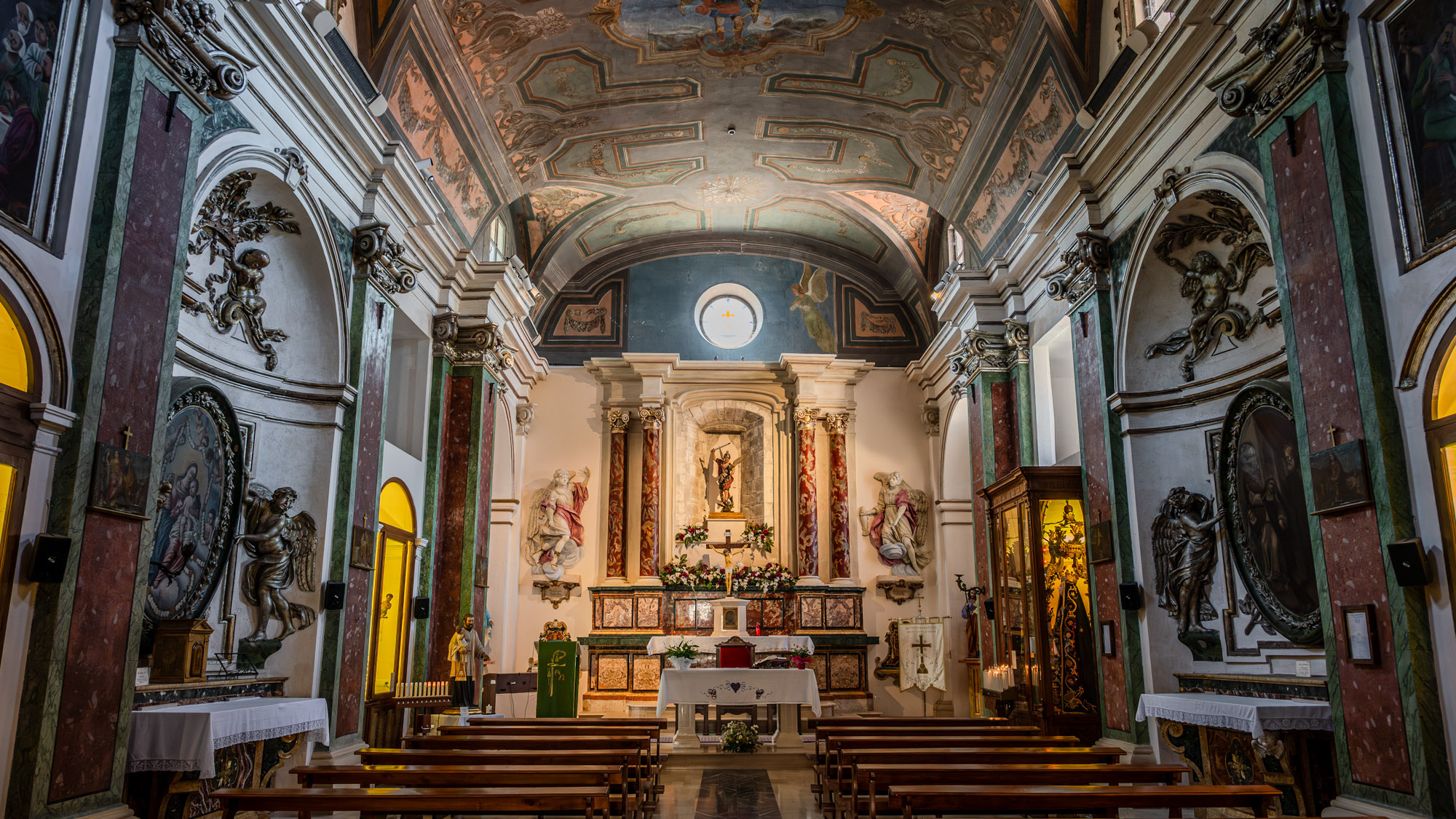
2024
Celano. Church of San Michele Arcangelo
The construction of the Church of San Michele Arcangelo dates back to the 14th century. At the end of the 14th century the Counts of Celano donated it to the congregation of the Celestine monks
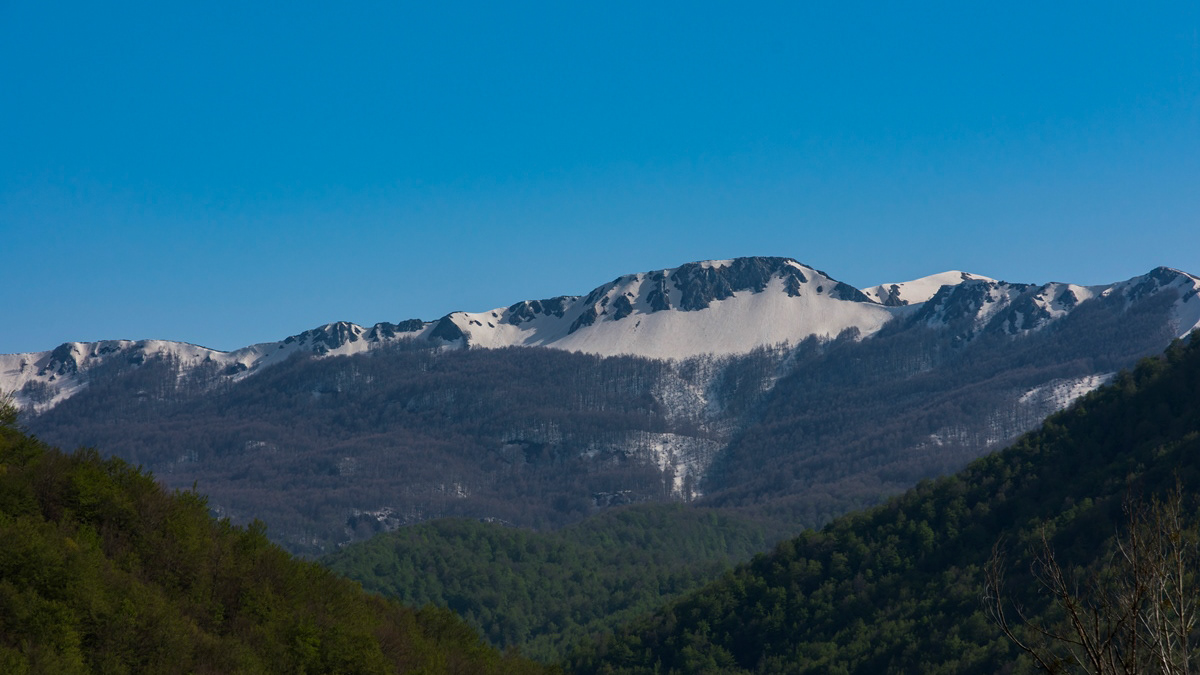
2018
P.N.A.L.M. - Part IV
The National Park of Abruzzo, Lazio and Molise is a national park including for the most part (about 3/4) in the province of L'Aquila in Abruzzo and for the remainder in that of Frosinone in Lazio and in that of Isernia in Molise. It was inaugurated on 9 September 1922 in Pescasseroli, the current headquarters and central management of the park, while the body of the same name had already been established on 25 November 1921 with a provisional directorate. Its establishment took place officially with the Royal decree-law of 11 January 1923.
2022
Lanciano. Seat of the Eucharistic Miracle
The church of S. Francesco or sanctuary of the Eucharistic Miracle is annexed to the homonymous convent of the Friars Conventual. It contains the famous relics of the Eucharistic miracle of Lanciano.
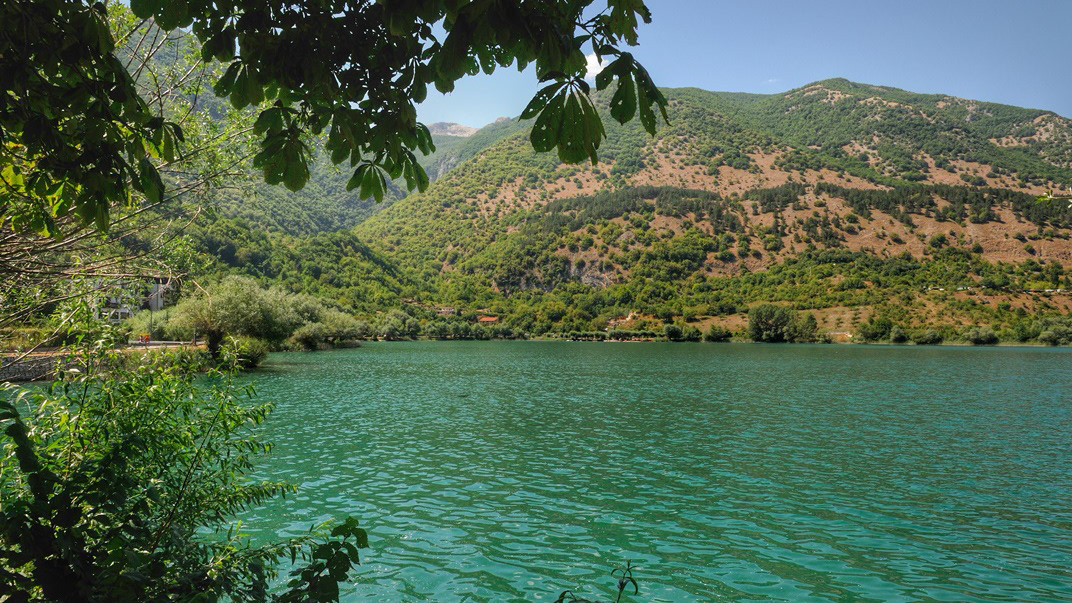
2016
The Lake of Scanno (AQ)
Lake Scanno, belonging for three quarters to the municipality of Villalago and for a quarter to that of Scanno, is located in Abruzzo, in the lower province of L'Aquila, between the Marsicani Mountains, in the upper valley of the Sagittario river, which originated for a ancient landslide that broke off from Mount Genzana above, between 12,820 and 3,000 years ago, which blocked the river Tasso.
